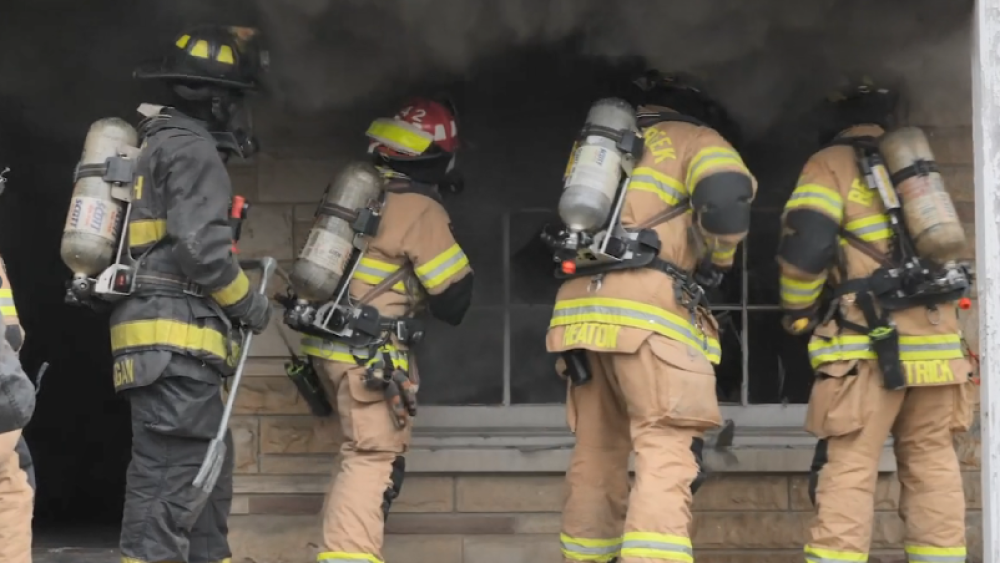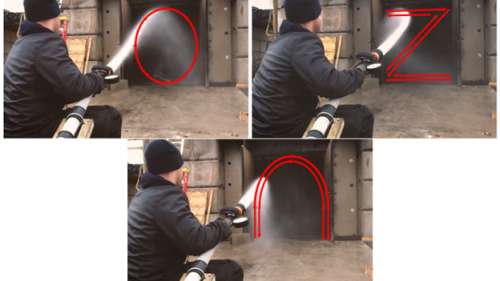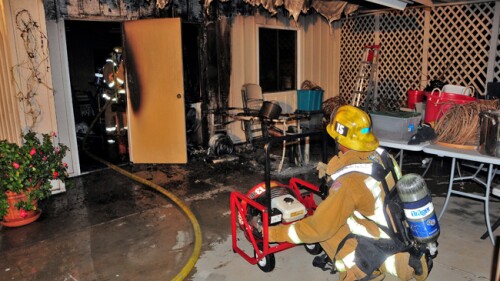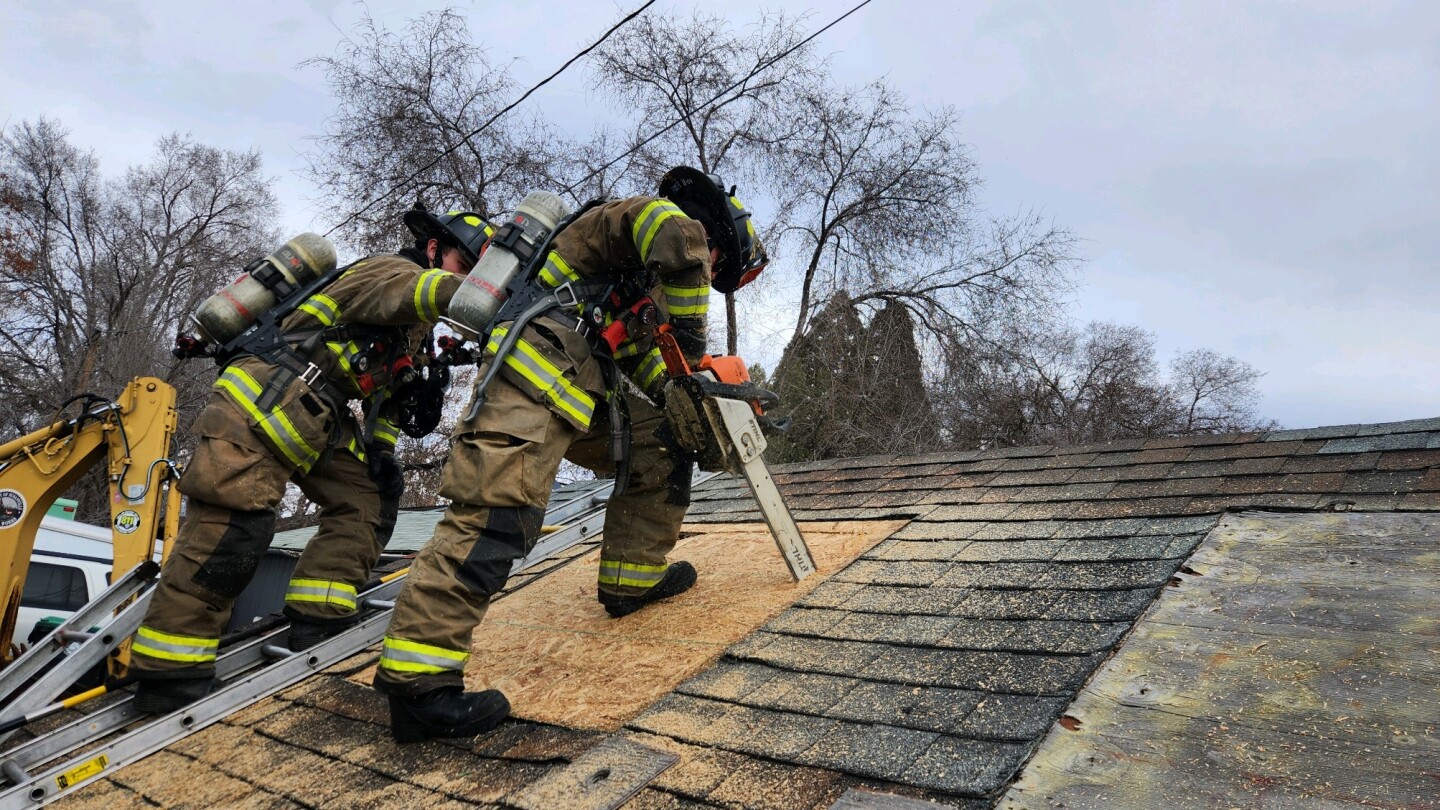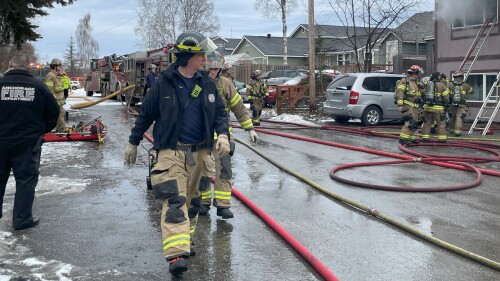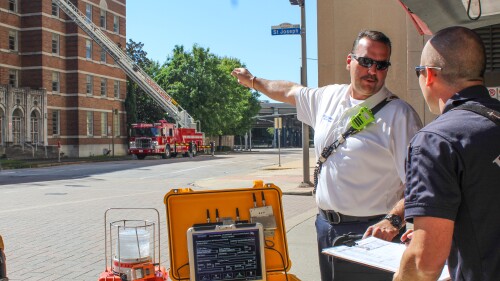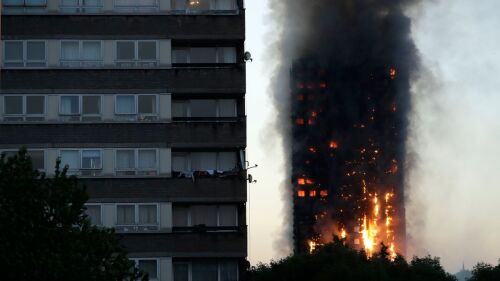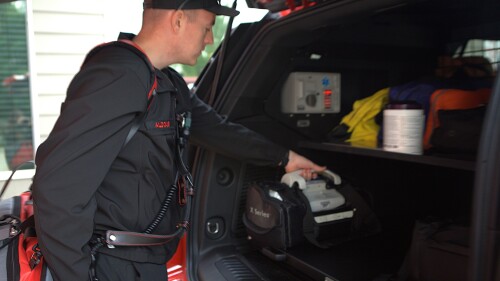As research continues to emerge, highlighting the importance of coordinated ventilation, firefighters are forced to adjust strategies and tactics. This special coverage series reviews the current ventilation-focused research and offers detailed steps for how to best implement the various ventilation operations – vertical ventilation, horizontal ventilation, positive pressure ventilation, among other tips and tricks to ensure safe fireground operations.
MOST POPULAR
- N.Y. firefighter killed during 3-alarm fire identified
- Mo. first responders object to bill aiming to ban Chinese-made drones
- Conn. firefighter dies after being struck by piece of fire apparatus at house fire
- Medical plane with 6 aboard crashes in Philadelphia, setting homes ablaze
- National Firefighter Registry for Cancer goes offline following NIOSH layoffs
MORE FIREGROUND OPERATIONS
Effective incident command requires decisiveness, adaptability and a commitment to both operational outcomes and personnel well-being
What new incident commanders should and shouldn’t do before, during and after their first fire
More than 150,000 firefighters have signed the Seatbelt Pledge, but we must do better
This structural design allows heat and smoke to travel rapidly between floors, reaching the attic or upper levels before visible signs appear
Challenging the fire service to adopt language and values that reflect professionalism, preparation and dedication
This recent legacy fire prompts review of stateside historic blazes
The overcrowded club lacked the required exits, firewalls and fire alarms in the 1977 tragedy
The May 31, 2013, motel structure collapse resulted in the five LODDs, four at the time of the incident, one years later
With medical calls on the rise, deploying smaller, agile units may be the key to saving money — and lives



